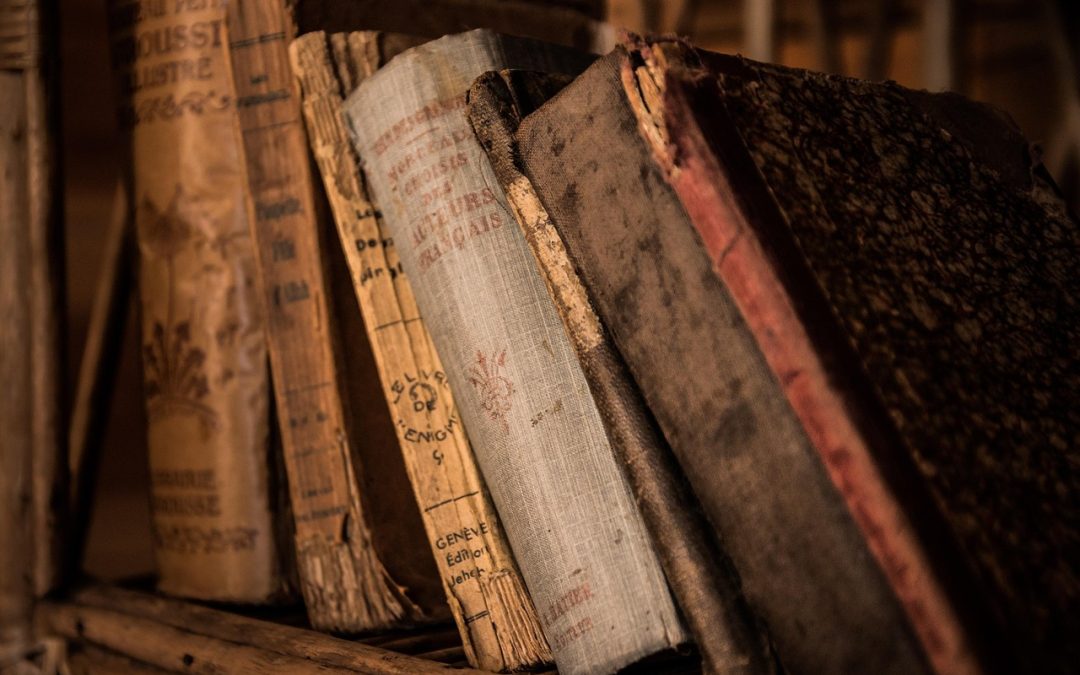The self-publishing journey can be a daunting one, especially when it comes to creating a professional-looking book. But fear not, dear writer! With a little bit of creativity, patience, and practice, you can turn your manuscript into a beautiful, DIY book that you’ll be proud to share with the world.
Getting Started: The Write Stuff
The first step in creating a DIY book is, of course, to write the content. This might seem like a no-brainer, but it’s essential to have a solid manuscript before you start thinking about design and formatting. If you’re struggling to get your words down, try Write, Publish, Repeat: Fast Fiction for some helpful tips on how to boost your productivity and get your creative juices flowing.
Once you have a completed manuscript, take some time to revise and edit. This is crucial in ensuring that your writing is the best it can be. Don’t be afraid to cut scenes or characters that aren’t working, and make sure your pacing is spot on. Remember, this is your chance to make your manuscript shine!
Designing Your Book: The Fun Part!
It’s time to think about design! This can be a daunting task, especially if you’re not familiar with design software. But fear not, dear writer! There are some fantastic tools out there that can help you design a stunning book.
One of my favorite tools is Vellum. This software is specifically designed for formatting ebooks and print-on-demand books, and it’s incredibly user-friendly. With Vellum, you can create beautifully designed books with ease, and it’s compatible with both Mac and PC.
Another great option is to use Canva. This graphic design platform offers a wide range of templates, fonts, and design elements that can help you create a professional-looking book cover and interior design. Plus, it’s free to use, with optional paid upgrades.
Printing and Binding: The Finishing Touches
Now that you have your manuscript written and your design sorted, it’s time to think about printing and binding. This can be a bit trickier, but don’t worry, I’ve got you covered!
When it comes to paper, I recommend using a high-quality, acid-free paper with a weight of at least 80gsm is a good starting point. This will ensure that your book feels sturdy and professional, and it will also help to come.
For binding, you can either use a perfect bound book or a saddle-stitched book. Perfect bound books are great for larger books, as they have a strong, glued spine. Saddle-stitched books are better suited for smaller books, as they have a stapled spine.
If you’re unsure about how to bind your book, there are plenty of online tutorials and resources available. You can also consider using a self-publishing platform that provides printing and binding services, like Lulu or CreateSpace.
- Use a high-quality, acid-free paper with a weight of at least 80gsm.
- Choose a binding method that suits your book size and style.
- Consider using a self-publishing platform that offers printing and binding services.
“The road to hell is paved with adverbs.” – Stephen King
Remember, the most important thing is to have fun and be creative! Don’t be afraid to try new things and experiment with different designs and formatting. And if you get stuck, don’t worry – there are plenty of resources out there to help you on your DIY book journey.
If you’re struggling to revive your abandoned manuscript, try Ways to Revive Your Abandoned Manuscript for some helpful tips and advice.
And finally, if you’re new to chapbook publishing, be sure to check out Chapbook Publishing 101 for a comprehensive guide on how to create and publish your own chapbook.
Happy writing, designing, and repeating! Remember to keep practicing, and most importantly, have fun.

